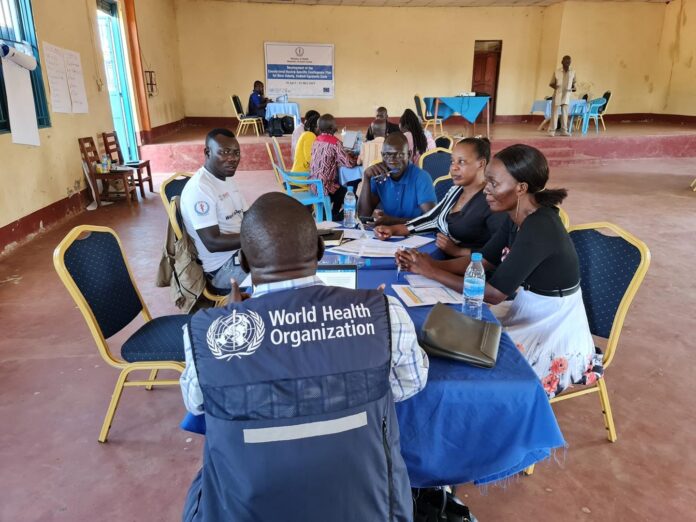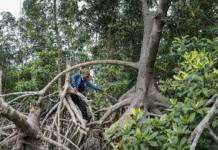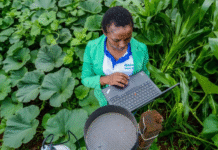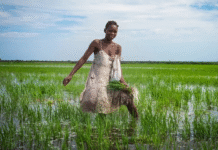In a world prone to sudden emergencies and unexpected disasters, the importance of strategic preparation is undeniable. Central Equatoria State in South Sudan is making strides in building resilience to potential threats through the creation of county-level hazard-specific contingency plans. By proactively addressing the risks, the State aims to protect public health and safety while fostering a culture of resilience among its citizens.
The newly developed plans take into account the unique characteristics and risks of each county, particularly in regions like Yei River County, which are prone to specific hazards. Ms. Agnes Agnes Nyoka, Primary Health Care Supervisor for Yei River County, explains, “The County contingency plans are designed to prepare for potential hazards and ensure a swift and effective response. These plans include hazard-specific strategies, response scales, scenarios, and a multi-hazard core response mechanism.”
Assessing Risks at a Local Level
Central Equatoria State faces a range of threats, from armed conflict to infectious diseases and environmental challenges. A comprehensive sub-national risk assessment conducted in October 2023 provided valuable insights into the specific risks that the State faces. The assessment identified a spectrum of dangers, including malaria, Ebola Virus Disease (EVD), and road traffic accidents, among others.
Based on these findings, Central Equatoria State developed hazard-specific contingency plans tailored to individual counties. The initiative focused on Kajo-keji, Morobo, and Yei River Counties, selected due to their unique geographical attributes and varying levels of risk. The goal of these plans is not only to respond to emergencies and disasters but also to proactively mitigate their impact through effective preparation.
Developing County-Level Contingency Plans
The county-level contingency plans are designed with several key objectives in mind. First, they aim to anticipate potential threats and vulnerabilities, allowing the State to implement proactive measures to minimize harm to public health. The plans identify specific needs associated with each hazard and outline customized mitigation actions to address them.
A detailed roadmap is also provided for implementing these actions, covering resource allocation, time estimates, and other logistical considerations. These plans include the mobilization of necessary resources—personnel, equipment, logistics capabilities, and supplies—to support effective response efforts. Furthermore, ongoing monitoring and evaluation are built into the process to ensure that the plans remain effective and adaptable to changing conditions.
Building a Culture of Resilience
By focusing on proactive planning, monitoring, and coordination, Central Equatoria State aims to build a culture of resilience within its communities. The State’s commitment to disaster risk reduction and community involvement is evident in its approach. As Mr. Yona Kenyi, Surveillance Officer for Central Equatoria State, notes, “South Sudan has taken proactive steps to address public health challenges. Our approach prioritizes community involvement in identifying potential hazards and ensures that county-level, hazard-specific contingency plans are developed and fully understood.”
The development of these contingency plans involved collaboration across various sectors and partner organizations. This inclusive approach ensured a comprehensive understanding of risks and incorporated expertise from a wide range of stakeholders. By involving the community, the State seeks to foster a sense of ownership and commitment to implementing the plans.
A Model for Disaster Preparedness
The significance of Central Equatoria State’s initiative extends beyond its borders. The generous support from the European Union for Humanitarian Aid has been crucial in driving this initiative, which now serves as a model for other States facing similar challenges. As Dr. Humphrey Karamagi, WHO Representative for South Sudan, points out, “By prioritizing preparedness, disaster risk reduction, and collaboration, Central Equatoria State demonstrates that proactive measures can mitigate even the most daunting hazards. This approach ensures a safer and more resilient future for all.”
By investing in proactive preparedness and fostering collaboration across different sectors, Central Equatoria State is taking a significant step toward building a safer, more resilient community. The initiatives in place are not just reactive; they are designed to anticipate and address the unique risks that each county may face, ensuring that the State can respond swiftly and effectively when emergencies occur.
















 The African Research (AR) Index is a comprehensive scholarly directory and database focused explicitly on journal publishers that publish and disseminate African research.
The African Research (AR) Index is a comprehensive scholarly directory and database focused explicitly on journal publishers that publish and disseminate African research.

